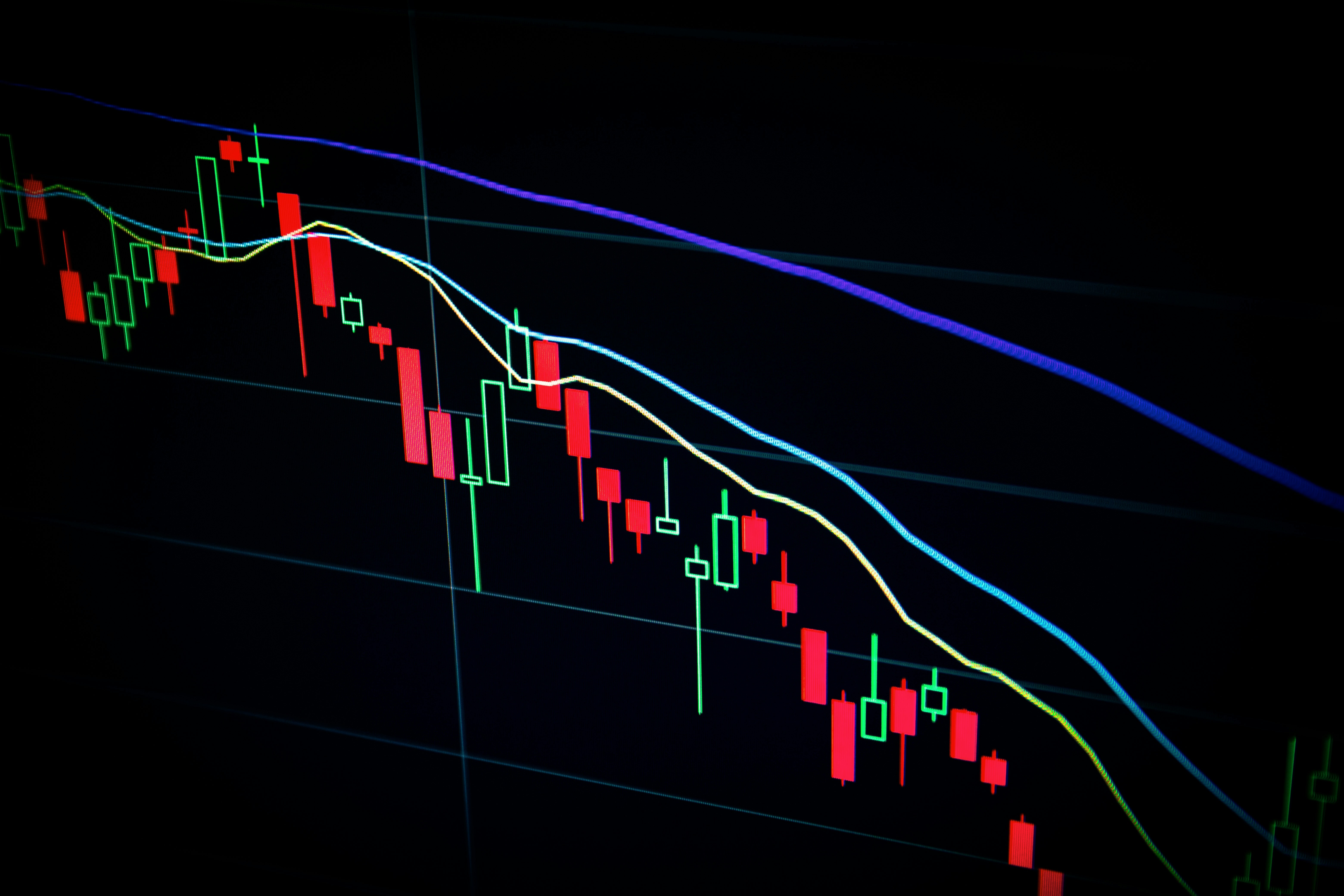Financial instruments and financial markets are two interconnected concepts that form the backbone of modern finance. In this blog post, we will delve into the fundamentals of financial instruments and financial markets, exploring their origins, types, and relationships. We will also examine the size of these markets globally and the statistics that highlight their significance.
What are Financial Instruments?
Financial instruments are the tools used to manage financial risk and create wealth. They are the building blocks of financial markets and can be broadly categorized into two main types:
- Cash Instruments: These are financial instruments that are settled in cash, such as stocks, bonds, and money market instruments.
- Derivatives: These are financial instruments that derive their value from an underlying asset, such as options, futures, and swaps.
Types of Financial Instruments
- Stocks: These are also known as equities and represent ownership in a company.
- Bonds: These are debt securities issued by companies or governments to raise capital.
- Derivatives: These are financial contracts that derive their value from an underlying asset, such as options, futures, and swaps.
- Money Market Instruments: These are short-term debt securities with maturities of less than one year, such as commercial paper and treasury bills.
- Foreign Exchange Instruments: These are financial instruments that facilitate the exchange of one currency for another, such as foreign exchange contracts and currency options.
Financial Markets
Financial markets are platforms where financial instruments are traded. They can be broadly categorized into two main types:
- Stock Markets: These are platforms where stocks are traded, such as the New York Stock Exchange (NYSE) and the NASDAQ.
- Bond Markets: These are platforms where bonds are traded, such as the U.S. Treasury Bond Market and the European Bond Market.
- Foreign Exchange Markets: These are platforms where currencies are traded, such as the foreign exchange market and the currency options market.
- Derivatives Markets: These are platforms where derivatives are traded, such as the options market and the futures market.
Size of Financial Markets Globally
The size of financial markets globally is substantial, with the total value of financial instruments in circulation estimated to be over $1.5 quadrillion[1]. The size of financial markets has grown significantly over the years, driven by advances in technology, globalization, and the increasing importance of financial markets in the global economy.
Statistics
- Global Financial Market Size: The total value of financial instruments in circulation globally is estimated to be over $1.5 quadrillion[1].
- Stock Market Size: The total value of stocks traded globally is estimated to be over $80 trillion[2].
- Bond Market Size: The total value of bonds traded globally is estimated to be over $100 trillion[3].
- Foreign Exchange Market Size: The total value of foreign exchange traded globally is estimated to be over $6 trillion per day[4].
- Derivatives Market Size: The total value of derivatives traded globally is estimated to be over $1.5 quadrillion[5].
Conclusion
In conclusion, financial instruments and financial markets are two interconnected concepts that form the backbone of modern finance. Understanding the fundamentals of financial instruments and financial markets is essential for making informed financial decisions and navigating the complexities of the global financial system. The size of financial markets globally is substantial, with the total value of financial instruments in circulation estimated to be over $1.5 quadrillion.
References
[1] NEXT IAS. (n.d.). Fundamentals of Financial Instruments: Key Concepts and Definitions.
[2] BYJU'S. (n.d.). Fundamentals of Financial Instruments: Meaning, Definition, Nature.
[3] Skillsoft. (n.d.). Fundamentals of Financial Instruments: An Introduction to Stocks, Bonds, Foreign Exchange, and Derivatives.
[4] Perlego. (n.d.). [PDF] Fundamentals of Financial Instruments by Sunil K. Parameswaran.
[5] Wiley Online Books. (n.d.). Fundamentals of Financial Instruments.
References
NEXT IAS. (n.d.). Fundamentals of Financial Instruments: Key Concepts and Definitions.
BYJU'S. (n.d.). Fundamentals of Financial Instruments: Meaning, Definition, Nature.
Skillsoft. (n.d.). Fundamentals of Financial Instruments: An Introduction to Stocks, Bonds, Foreign Exchange, and Derivatives.
Perlego. (n.d.). [PDF] Fundamentals of Financial Instruments by Sunil K. Parameswaran.
Wiley Online Books. (n.d.). Fundamentals of Financial Instruments.
Citations:
[1] https://www.amazon.in/Fundamentals-Financial-Instruments-Introduction-Derivatives/dp/0470824905
[2] https://www.amazon.in/Fundamentals-Financial-Instruments-Introduction-Derivatives/dp/1119816610
[3] https://www.skillsoft.com/book/fundamentals-of-financial-instruments-an-introduction-to-stocks-bonds-foreign-exchange-and-derivatives-2f40dcf0-f170-11e6-a556-0242c0a80509
[4] https://www.perlego.com/book/3287628/fundamentals-of-financial-instruments-an-introduction-to-stocks-bonds-foreign-exchange-and-derivatives-pdf
[5] https://onlinelibrary.wiley.com/doi/book/10.1002/9781119199625
